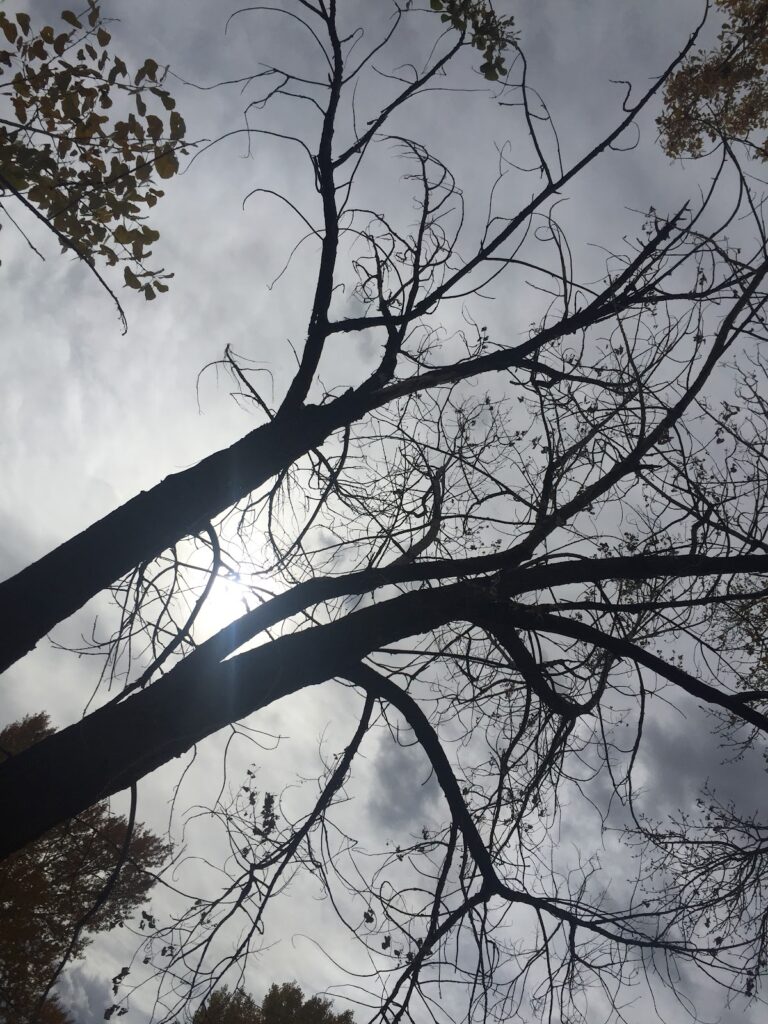4 Human Environment Case Study: Set the child up for success (No Pressure/Flexibility)
This case study is about a Wounded Warrior Jeanne and I (Horse Boy Method Practitioner and Movement Method Mentor Bianca Rimbach) have been working with. Jeanne recently passed B. on to me. Jeanne informed me that he had a severe brain injury and has a difficult time communicating. She discussed that he really enjoys adrenaline rushes and wanted to learn to go fast on a horse and jump. He has a wife, three kids, and is from the Ukraine. That was all I knew when I first met him.
We had a meeting set up for a Wednesday afternoon at 4:30pm. He showed up half an hour late and it was getting dark. I stretched out my hand wanting to greet him saying “hello, you must be…” all I got was an animal like grunting sound and a total ignorance of my hand- harsh, for a person who tries to be nice and social, but obviously this was not a comfortable way for him to get started, so I had to get over myself an uncomfortable unaccepted feeling and move on- this was not about me making friends. I kept a cheerful spirit and advised him what to do next. The next half hour was me listening to my own words, not knowing how much got through.
He followed most instructions and grunted when he got frustrated and needed help- I learned his communication tool quite quickly. The only words he would bring out were when he beat himself up about a mistake and cussed in the most profound way. He just wanted to saddle and ride, and I had to ensure he took care of the horse as well. He had to slow down, do the brushing and caring- hopefully building a little bit of a relationship. This was a challenge for me. I always put my horses first but learned that in this program, yes they get taken care of, but the person comes first.
I can relate and understand kids with challenges and help them out, but grown ups are a different story; it helped knowing a little about his history and having been exposed to Horse Boy brain training. B could not help it. Patiently, I tried to get him ready, by now it was dark and he was set on going on a trail. In the back of my mind I had the philosophy of “Follow the Child”- in this case “Follow the person” in what he needed. We started our ride along the road still being able to see with the lights from the barn shimmering through the silhouettes of the black outline of the trees. In a complete sentence B. said: “I hate man made lights, why are we riding in the light?” -again, following his needs we turned into a pitch black trail- no moon and the stars barely presented comfort to me, but he turned into a relaxed companion starting to ask questions, telling me about his family- his frontal lobe was ready for communication, so we rode for a long time in total darkness having an engaged conversation.
He asked if he could go and feel the rush of going fast in the arena. Since I was not sure what kind of a rider he was, I certainly preferred him showing me in the arena.We made our way back and he trotted a bit and tried to canter with a very patient horse. His balance was certainly a little scary, so we started working on balance and seat to allow him to be save without having to give up going relatively fast. He asked millions of questions:” How do you make horses race, how do they rear with you on top, when can I jump, when do we get together again, what do you do next, why are you doing this and that, etc.” Being more of a quiet person, I was exhausted after all this interaction and felt almost relieved when he got off the horse and fell back into the imaginary communication box that only allowed for grunts.
Going home that night I understood a little more about self compassion. There was no way I could support B. if I did not ensure some recharging.
The second time we met, things were pretty much the same. He grunted at me, got the horse ready (this time without too much guidance on my part to brush and slow down a bit…) I was expecting to get on the horses and start where we left off- well wrong. He had an anxiety attack a few days before and the block, the box he was in, was tighter than before. We rode for 40 min in total silence, awkwardly for me and probably stressful for him as well. Were there guiding open ended questions I should ask? I am not a therapist, should I push more? Am I helping? Questioning what I was doing, I went with my feeling I usually have with students in my class- you just know when you talk, ask, or when you are simply quiet- I stayed quiet, he was not ready. We rode another 20 min in silence. Then I asked if he wanted to trot. He answered “I would love that!” fluent and with much passion. So we trotted and slowed down again, trotted and slowed down again- nothing, no more communication. I told him my horse could use a canter going up the ridge- he beamed and we went. When we came back to a walk- that was it. The key to unlocking ‘the wardrobe to Narnia’ that Rupert Isaacson was talking about. B. became this different person, relaxed, interested, communicative. We rode back for an hour talking, even joking.
This was when the connection to autism clicked transparently and undoubtedly in my mind. Many of our Wounded Warriors are in exactly the same position. They are locked within themselves, unable to reconnect, unable to feel grounded and balanced. If B’s wife could have him like that every day, would she not also spend almost years in the saddle to get that connection and relation back that they must have had at one point?! It warmed my heart and inspired my mind, how much more would it be for a person who has a close relationship and has to endure all the up and downs.
The environment at USAFA is magical. We have the opportunity to escape human made triggers in minutes, enjoy the sound of soothing creeks, wind whispering in the treetops, and views that simply enchant anybody. Adding open mindedness to following the needs of the people we work with, without pressure of having to get things done or doing ‘therapy’ allows us to approach challenges from a different angle. Offering sensory work for people that are ready for it and encouraging self advocacy in a variety of ways supports our warriors and their families in the areas where they need it the most.

![]()
